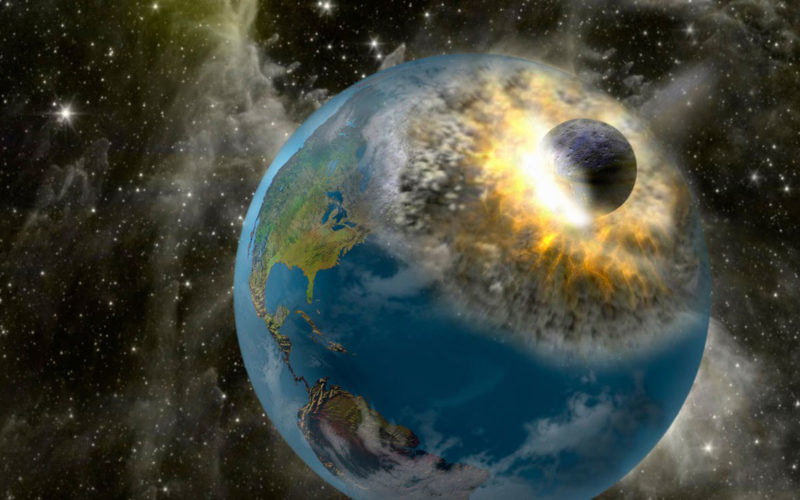I do not want to be a buzzkill, but all life on this planet has to end eventually. Our planet, our Sun and the galaxy itself comes with an expiry date. Nothing lasts forever. No, not even our enormous Sun.
Let’s look at the scenarios that can very easily finish life on our insignificant planet.
1. A supervolcanic eruption
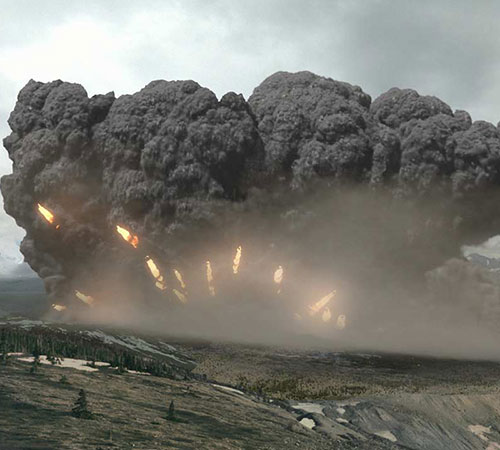
A supervolcanic eruption could send a super cloud of gas, consisting of dust and dirt, that could block out the Sun for years, bringing in an ice age. The dust cloud can hover for years in the atmosphere, blocking out the Sun and eventually finishing the life on the planet.
FYI, this type of event has already happened 250 million years ago.
2. Asteroid hit
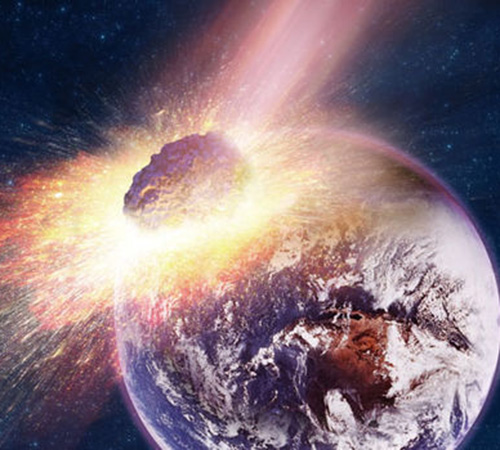
This scenario has been one of the most speculated reasons for the extinction of the dinosaurs.
There is a very rare chance that an asteroid could wipe out everything, but such an event has happened in our planet’s history. The evidence is left behind in the form of craters present everywhere on the planet.
To wipe out life itself, the asteroid has to be extremely large and should also hit a place that will ensure extinction. For example, it won’t do a planet wipe if it hit the middle of the pacific ocean. Yes, it would cause tsunamis but, some plants on the opposite side may still survive.
3. The core of our planet solidifies
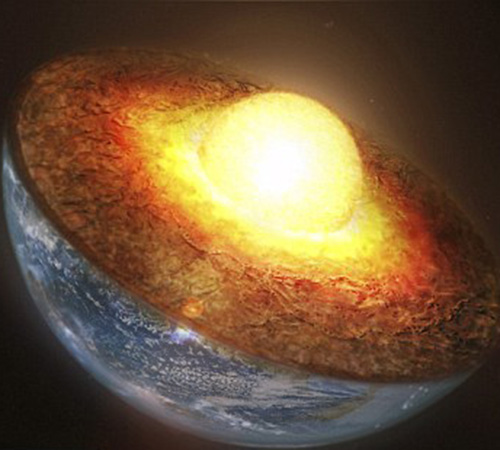
We know that except for the Earth’s crust and inner core, the planet is basically semi-solid. And the core is cooling down at a rate of 1 millimeter per year. That means the inner solid core is getting bigger. As the core solidifies, the planet will lose the magnetic poles which protect us from lethal cosmic radiation.
Scientists speculate that this has already happened to Mars.
4. A huge solar flare
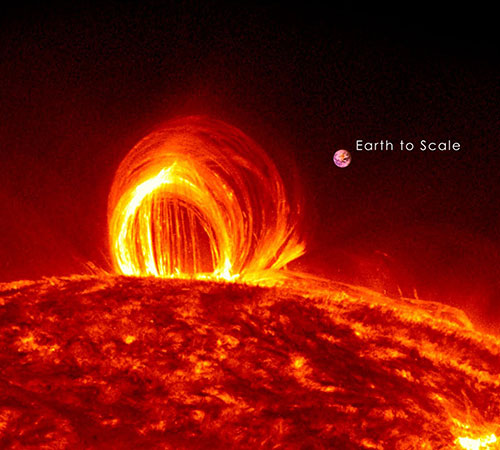
Although NASA scientists have confirmed that even the strongest of solar flares will not wipe out the planet’s species, because again, the Earth’s magnetic field protects it, but a big enough flare is sufficient to wipe out all power on the planet. Economies will crash, and then the whole disaster scenario, like in the movies, with the world in anarchy.
And we haven’t really left a lot of species alive on the planet anyway.
5. Nomadic stars
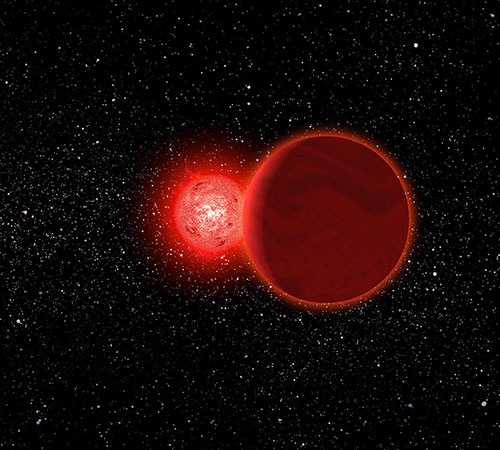
Yes, there are stars that roam the galaxies without planets in tow. They are called rogue stars. One such star passed very close to (8 trillion kilometers ) our solar system just 70,000 years ago.
6. A black hole
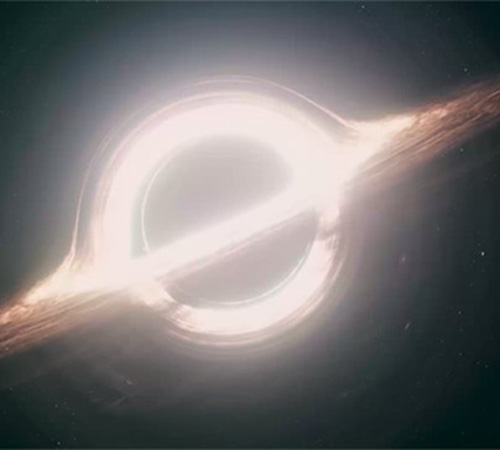
Scientists haven’t really figured out a way to detect black holes yet. They speculate on their locations by measuring the effect the black holes have on the neighboring planets and stars. Like gravity.
Thus, we wouldn’t even get a warning when a black hole comes for us.
Even then, what can we really do?
7. Life itself
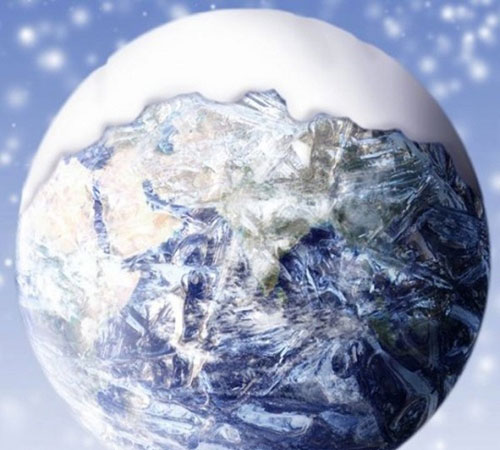
There is a chance that the life on this planet itself might contribute to the extinction of life. For example a nuclear winter due a nuclear war between humans. About 450 million years ago, new forms of plant life broke down the surface of the earth that exposed minerals to the air that reacted with carbon dioxide. Less carbon dioxide meant plants could not photosynthesize and hence, died. Mass extinction and ice age followed.
8. A hotter, bigger Sun
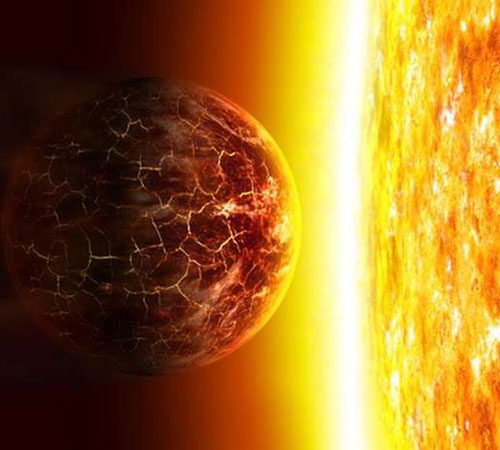
The Sun is halfway through its lifespan. In about 4 billion years, it will start expanding to the point that it will become large enough to engulf the orbits of planets, even the Earth. But the event is still 1.75 billion years away.
9. Gamma Ray Bursts (GRB)
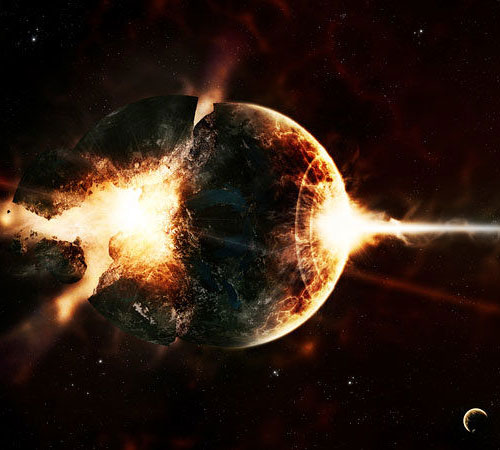
The most lethal of all scenarios, gamma ray bursts are bursts of intense radiation. Radiation so powerful that it can strip our planet of its magnetic ability and finish all life at one instant. Also, GRBs are very rare, and the location of the solar system in the Milky Way is to our advantage.
GRBs happen frequently in the middle of the galaxy where the density of stars is more. We live in the rarer part of the Milky Way where stars are sparse and far away from each other.
So that even if a GRB happens, it will probably miss us. Probably.
*Buys Life Insurance*




